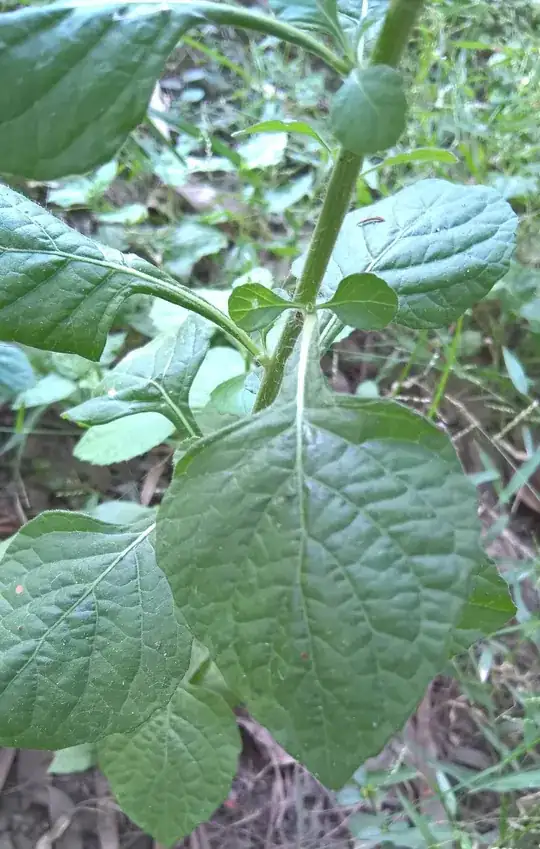Excellent question! One of my favorites! As I am on a walk or park in a parking lot with trees to find a tree buried too deeply I take the time to pull the soil and mulch AWAY from the bark. I also pop those stupid wires used for staking the dang trees when it is safe for the tree.
Here is the deal; roots are made to be below the surface, bark is not! Bark or the the epidermis of the trunk is not meant to be below the surface or covered by mulch, rock, soil or water. It is designed to protect the vascular system; phloem/xylem and cambium of the tree.
If soil, mulch, plastic is against the bark, moisture is allowed to stay and bacteria/decomposers will get to work on the bark. Bark is dead organic material. Anything that was once alive and then dies (even our epidermal cells of our body as they die they are sloughed off in bed, in clothes) are programmed to be DECOMPOSED into elements necessary for the micro macro organisms that are unable to use and recycle the same elements BEFORE decompostion.
Once these bacteria decompose the bark the bark is no longer able to do its job protecting the vascular system. Once the vascular system has been compromised by the bacteria (making use of live material unprotected) to include the entire circumference, that tree is dead. Slow death but sure.
You've heard of girdling trees, Yes? This is the SAME thing. Those flared root tops have bark epidermis. That epidermis once covered like you've done in the picture will eventually rot along with the vascular system right beneath. That vascular system is a thin ring around the trunk and branches. Take a branch with thinner bark and scratch it. That green just beneath is the tree's circulatory system. Scratch the same spot and you've just cut through to the center wood which is basically dead, kept alive just for support. That is how THIN a huge tree's circulatory system is. If you chainsaw through a tree you will see the chunky outer epidermis and bark, then the live vascular system and then you've got the rings. The one you just scratched into below the green was last years vascular system. If that thin green alive vascular system is subjected to bacteria because the epidermis is no longer dried by air, that part of the vascular system is no more. A tree can live quite a while if only chunks of the circumference of the live vascular system (green layer) were damaged. If the entire circumference of this thin green system is compromised the entire tree will die.
I go crazy driving around to see that my neighbors have created BERMS of soil burying the bottom of the trunk of trees up 4 or 5 '...took a year or two but they are D E A D.
My advice is to pull those timbers out away from the bottom of the tree and rake that mulch and soil back off of this 'flare'. All trees and shrubs planted in a lawn should have a 'tree circle or a tree square'. Larger than the wood frame you've made. I'd go out at least 6 feet in radius. No plants at all should be grown withing this ring or square. Just a thin layer of pea gravel or crushed gravel without landscape fabric is enough. Just not touching any of the tree and bark. A little larger radius and you could make an informal patio with a chair or two. Maintain the edge to stay crisp and defined with a flat edge shovel and do not go deep enough to cut roots. Edging of lawns should be well defined using a shovel only, no brick or rocks. Between gravel walks and lawn or planting beds 2X4 edging pt or plastic dimensional lumber is indicated (go gray, you don't want to have your edging as anything someone can remember)...

